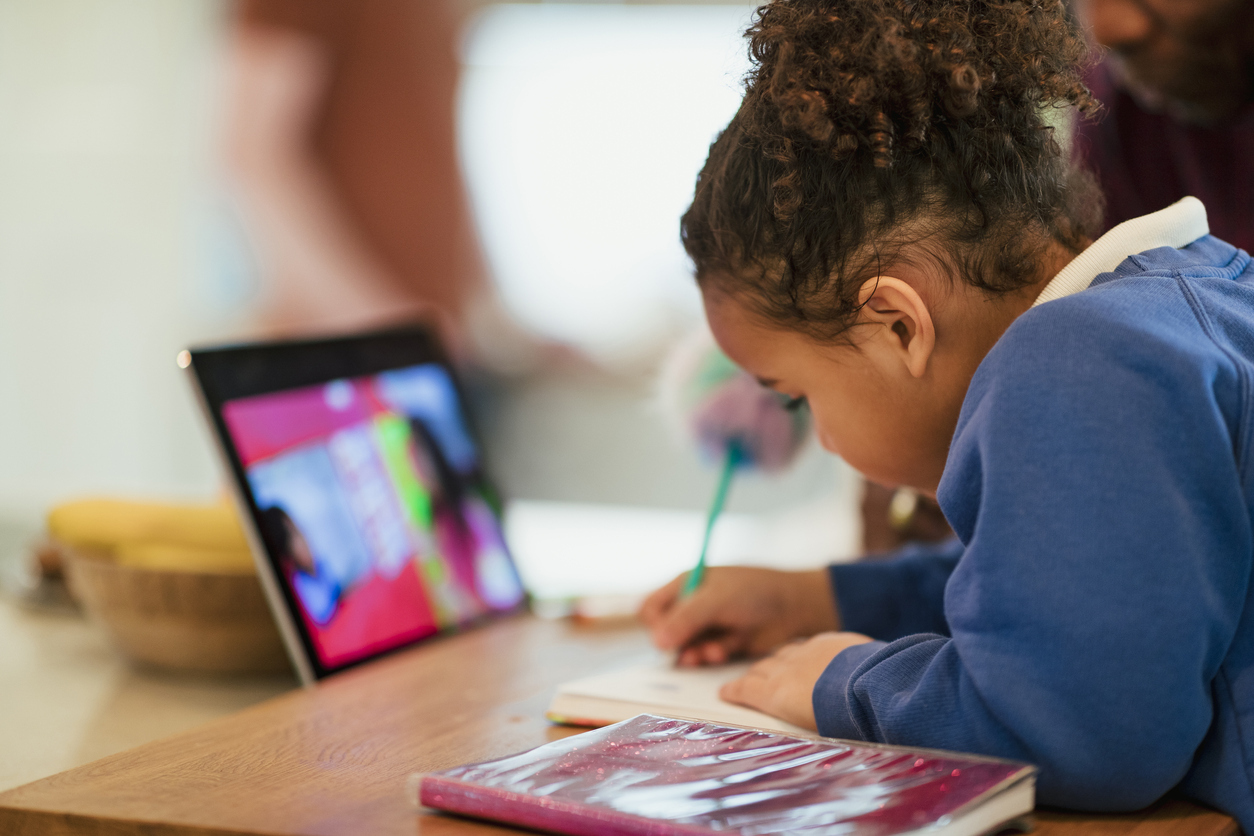Generation Alpha are the new focus for marketers world-wide, with kids born in 2010 or later exerting a powerful influence on household spending. In a recent survey by Hotwire, 81% of parents in the US reported that the opinions of their children played a significant role in their spending, particularly when it came to tech. Generation Alpha are influencing household decisions all year round – but never more so than during the all-important back-to-school period.
Back-to-school is an important season for households in the US, accounting for around 50% of annual school-related spend. The season spans the beginning of July to the end of August, with many households planning this expenditure considerably before these dates – so it pays to consider where and when marketing spends lie.
This spending is split between clothing and accessories, school supplies, computers and hardware and varied electronic gadgets, with clothing and accessories amounting to more than 50% of the spend.
Interested in kids trends? Every month we create a Kids Insights Report, digging into all the trends in our highly-engaged PopJam community. If you’d like to check out this month’s report, click here.
It’s also in this segment where kids exert most of their influence. A report conducted by Deloitte in 2017 shows that 80% of kids influence where spend falls on clothing, amounting to more than $12.7B in the US in the same year. Some 70% of children exert significant influence on which electronic gadgets are purchased, with 68% exerting influence over school supplies.
Altogether, the back-to-school household spend, over which children exert high levels of influence, comes to over $21B.
It’s no surprise that these influence statistics are material: back-to-school is an important period in the lives of children of all ages, representing new maturity and new opportunities to present themselves to their friends. Everything matters, from the shoes they wear, to the pencil case they choose – and nothing matters so much as the brand.
The large sums of money being spent in a short period of time, combined with the level of influence that kids exercise over how this money is spent means that apparel and school supplies-focused brands in particular should pay close attention to where they’re channeling their advertising efforts.
When asked how much time they were spending on certain devices, US kids said their tablet usage was up 10% during back-to-school periods, whilst TV usage dropped 20% [Source: The Insights People, Kids Insights Real Time Data Portal, Q1 2019]. This points to the necessity for a multi-channel digital strategy, diversifying from traditional TV-led spends to ensure effective reach into this audience.
To find out how major retail brands are engaging with the influential under-13 market, download our case study here.






